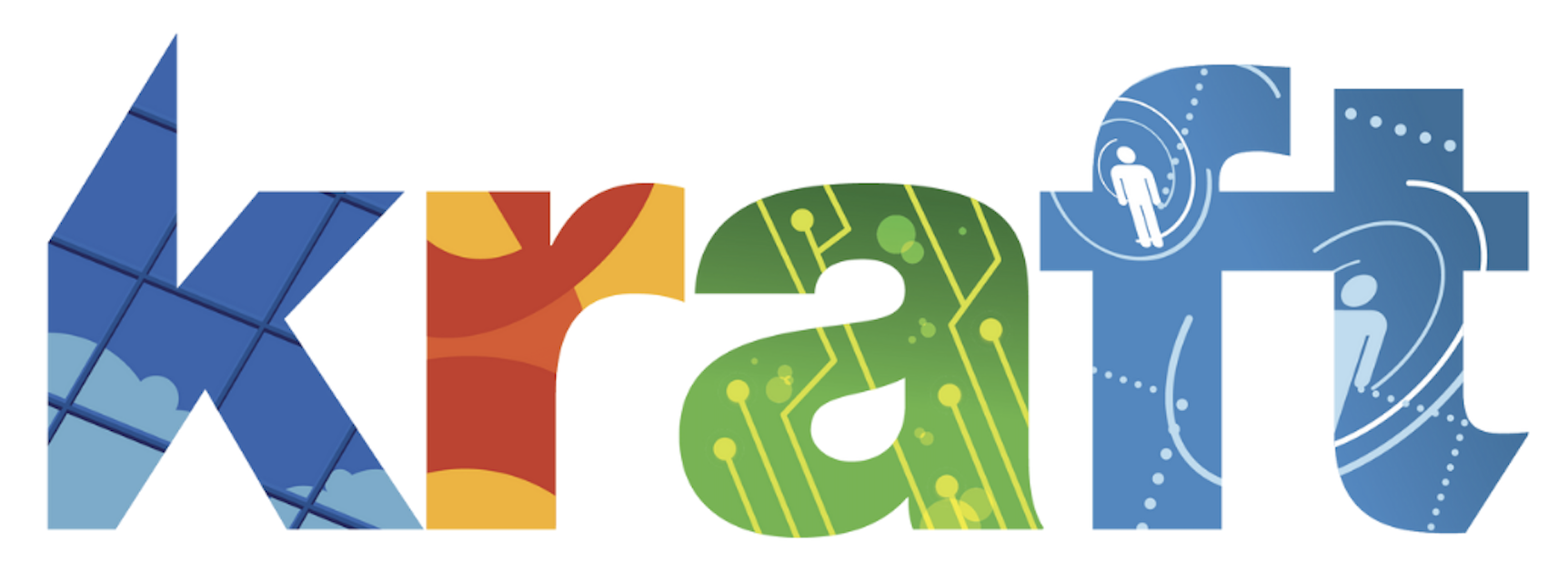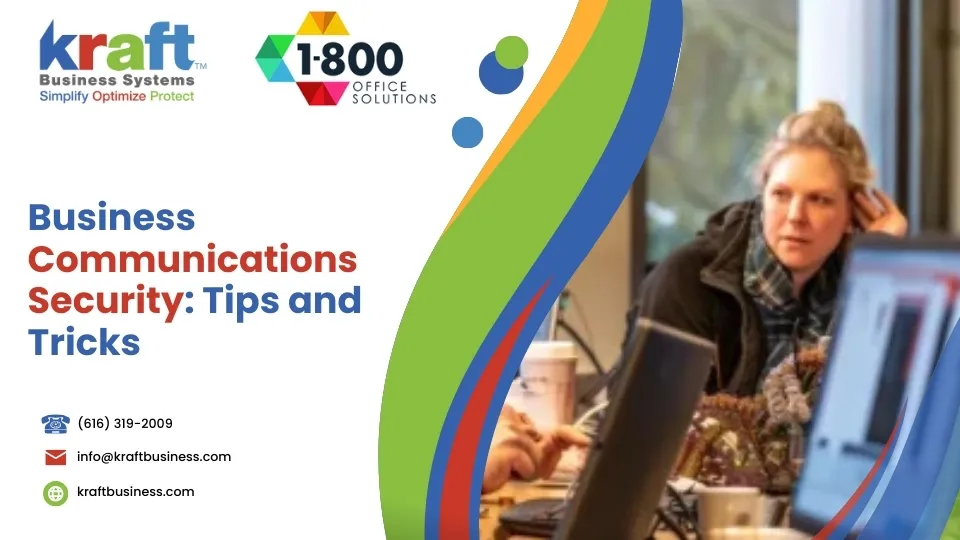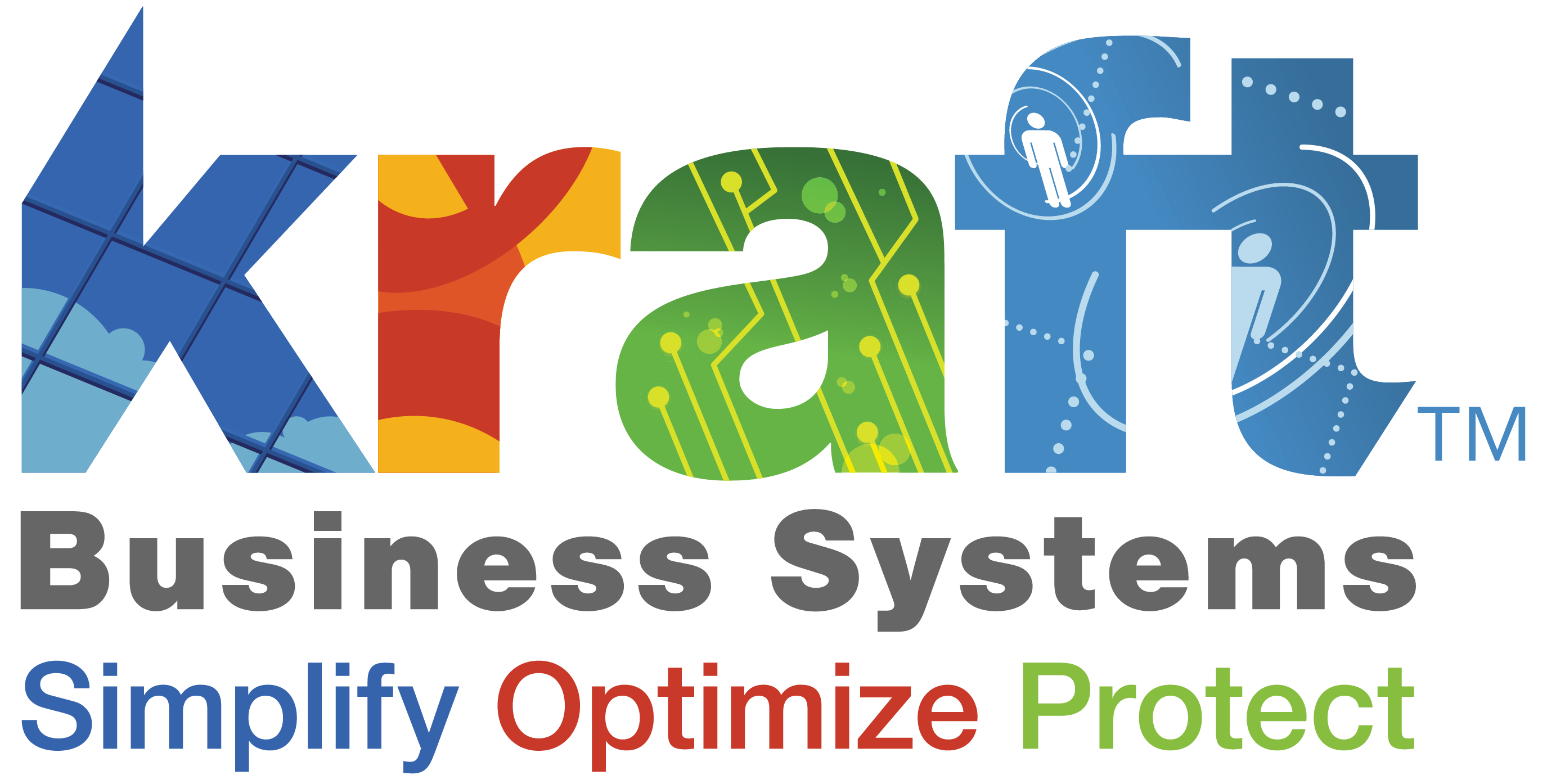Secure business communications are essential for protecting sensitive information and ensuring effective collaboration in today’s digital world. Here’s a quick view of what makes communication secure:
- Encryption: Protects data in transit.
- Authentication: Verifies user identity.
- Integrity: Ensures messages aren’t altered.
- Non-repudiation: Provides proof of delivery and origin.
In any business, secure communication is not just a necessity; it’s a must-have. With cyber threats and data breaches on the rise, safeguarding your emails and digital conversations is crucial for maintaining trust and reputation. The IBM survey highlights the staggering costs of not acting swiftly – recognizing and containing data leaks took an average of 277 days in 2022, costing millions.
Businesses need to accept secure email practices, from using digital certificates to ensuring end-to-end encryption. Protecting emails from leaks and phishing attacks not only saves money but also maintains client trust and complies with regulations.
Secure business communications terms to learn:
Understanding Secure Business Communications
When we talk about secure business communications, we’re diving into a world where data protection is a top priority. Let’s break down some key concepts that ensure your business communications are airtight.
End-to-End Encryption
Imagine sending a letter that only the recipient can open. That’s what end-to-end encryption does for your digital messages. It ensures that only the sender and intended recipient can read the message, keeping it safe from prying eyes. This approach is vital for protecting sensitive business data, such as financial information or personal employee details, from being intercepted or altered during transmission.
Zero Trust Framework
The zero trust framework operates on a simple yet powerful principle: never trust, always verify. Instead of assuming that everything inside your network is safe, this model requires continuous verification of users and devices trying to access your systems. It means that even if an attacker breaches one part of your network, they won’t have free rein to access everything. Implementing zero trust can significantly reduce the risk of data breaches and unauthorized access.
Security-First Infrastructure
Building a security-first infrastructure means integrating security measures into every layer of your business operations. This approach covers everything from network security and data encryption to employee training and access controls. A robust security-first infrastructure not only protects sensitive information but also ensures compliance with regulations and builds customer trust.
These components—end-to-end encryption, zero trust, and security-first infrastructure—form the backbone of a secure communication strategy. By adopting these practices, businesses can safeguard their communications, protect sensitive data, and maintain a strong reputation in the digital age.
Next, we’ll explore the essential security features every business communication system should have to keep your data safe and secure.
Essential Security Features for Business Communications
To keep your business communications secure, it’s crucial to focus on three key security features: encryption, multi-factor authentication (MFA), and password protection.
Encryption
Encryption acts like a digital lockbox for your information. It scrambles your data into a code that can only be opened by someone with the right key. This is especially important for emails and files that contain sensitive information. Strong encryption methods, like S/MIME and PGP, ensure that even if someone intercepts your data, they can’t read it.
Why it matters: Encryption protects your business data from unauthorized access, keeping it safe from hackers. It’s like sending a letter in a tamper-proof envelope.
Multi-Factor Authentication (MFA)
Think of multi-factor authentication as adding a second lock to your door. Even if someone knows your password, they can’t get in without a second piece of information, like a code sent to your phone. This extra layer of security is crucial for protecting your business accounts.
Why it matters: MFA significantly reduces the risk of unauthorized access. It ensures that only verified users can access sensitive information, even if passwords are compromised.
Password Protection
Passwords are your first line of defense. They should be strong and unique, containing a mix of letters, numbers, and symbols. Avoid using easily guessable information like birthdays or common words. Password managers can help generate and store complex passwords, making it easier to maintain security without the hassle of remembering them all.
Why it matters: Strong password protection prevents unauthorized access to your business systems. It keeps your data safe from intruders who might try to guess or hack into your accounts.
These security features—encryption, MFA, and password protection—are essential for safeguarding your business communications. By implementing these measures, you can protect sensitive data and ensure that your communication channels remain secure.
Next, we’ll dig into the best practices for securing your communication channels, including the use of secure messaging apps and access control measures.
Best Practices for Secure Communication Channels
When it comes to secure business communications, adopting the right practices can make all the difference. Let’s explore some key strategies to keep your communication channels safe.
Secure Messaging Apps
Using secure messaging apps is a straightforward way to protect your conversations. Apps like Signal and Telegram encrypt messages, making it hard for anyone to snoop in on your chats. These apps are designed to keep your messages private, ensuring that only the intended recipients can read them.
Why it matters: Secure messaging apps prevent unauthorized access to your messages, safeguarding sensitive business information from prying eyes.
Two-Factor Authentication (2FA)
Two-factor authentication adds an extra step to the login process, making it tougher for unauthorized users to access your accounts. After entering your password, you’ll need to provide a second piece of information, like a code sent to your phone. This double-check process ensures that only the right people get in.
Why it matters: 2FA significantly improves security by requiring two forms of verification, reducing the risk of unauthorized access even if passwords are compromised.
Access Control
Access control is all about managing who can see and do what within your communication systems. It involves setting permissions so that only authorized individuals can access certain information or perform specific actions. By restricting access based on roles and tasks, you minimize the risk of data breaches.
Why it matters: Proper access control ensures that sensitive information is only available to those who need it, reducing the chance of internal mishaps or data leaks.
By implementing these best practices—using secure messaging apps, enabling two-factor authentication, and establishing robust access controls—you can fortify your communication channels against threats. These measures help protect your business’s sensitive data and maintain the integrity of your communications.
Next, we’ll explore compliance and regulatory considerations, focusing on data privacy and maintaining audit trails.
Compliance and Regulatory Considerations
In secure business communications, staying compliant with regulations is crucial. Let’s explore the key areas: data privacy, audit trails, and restricted access.
Data Privacy
Data privacy is all about protecting sensitive information from unauthorized access. Regulations like GDPR require businesses to minimize data collection and ensure data is only used for its intended purpose. Implementing strong encryption and access controls can help achieve this.
Why it matters: Protecting data privacy not only keeps your business compliant but also builds trust with customers and partners.
Audit Trails
An audit trail is a record of who did what and when. It tracks activities involving sensitive data, providing a detailed log of actions taken. This is essential for demonstrating compliance with regulations and identifying any unauthorized access or data mishandling.
Why it matters: A solid audit trail helps you prove your compliance and quickly identify issues, reducing the risk of costly fines and reputational damage.
Restricted Access
Restricted access means limiting who can view or modify data based on their role. By assigning specific permissions, you ensure that only authorized individuals can access sensitive information. This minimizes the risk of data breaches and helps maintain compliance with regulations.
Why it matters: Ensuring restricted access protects your business from internal threats and keeps your data secure.
By focusing on data privacy, maintaining comprehensive audit trails, and implementing restricted access, your business can steer the regulatory landscape with confidence. These practices not only keep you compliant but also strengthen your overall security posture.
Next, we’ll address some frequently asked questions about secure business communications, including the four elements of secure communication and the importance of COMSEC.
Frequently Asked Questions about Secure Business Communications
What are the four elements of secure communication?
1. Encryption:
Encryption scrambles data so that only authorized parties can read it. This is crucial for protecting sensitive information from eavesdropping and unauthorized access. For instance, using end-to-end encryption ensures that only the sender and receiver can read the messages, keeping them safe from interception.
2. Zero Trust Framework:
The zero trust model operates on the principle of “never trust, always verify.” It means that no one—inside or outside the network—is automatically trusted. Every access request is verified, which helps prevent unauthorized access and protects against potential threats.
3. Open Source:
Open source software allows for transparency and community-driven improvements. By using open source solutions, businesses can benefit from a wide range of security features and avoid vendor lock-in. It also means vulnerabilities can be quickly identified and patched by a global community.
4. Security-First Infrastructure:
This involves designing systems with security as a top priority. From firewalls to intrusion detection systems, a security-first approach ensures that infrastructure is robust and capable of withstanding cyber threats.
Why is COMSEC important?
Identity Theft Prevention:
COMSEC, or Communications Security, is vital for protecting against identity theft. By securing communications, businesses can prevent unauthorized access to personal information, reducing the risk of identity theft.
Sensitive Information Protection:
COMSEC ensures that sensitive information, such as financial data and personal records, is kept confidential. This protection is crucial for maintaining trust and avoiding legal repercussions.
What is meant by secure communication?
Eavesdropping Prevention:
Secure communication means protecting data from being overheard or intercepted by unauthorized parties. By using encryption and secure channels, businesses can prevent eavesdropping and ensure that communications remain private.
Interception Protection:
Beyond just listening in, interception involves actively capturing and potentially altering communications. Secure communication methods safeguard against this by ensuring that data integrity is maintained and that any tampering is detectable.
In the next section, we’ll explore more about how Kraft Business Systems provides secure technology solutions to help businesses protect their communications effectively.
Conclusion
At Kraft Business Systems, we understand the critical importance of secure business communications. Our mission is to provide innovative and secure technology solutions that empower businesses to protect their sensitive information and maintain compliance with changing data privacy regulations.
Why Choose Kraft Business Systems?
We offer a comprehensive suite of managed cybersecurity services designed to safeguard your business communications. Our solutions are custom to meet the unique needs of each organization, ensuring that your data remains secure and your operations run smoothly. With locations across Michigan, including Grand Rapids, Detroit, and Lansing, our team is ready to support you wherever you are.
Our Approach to Secure Technology Solutions
- Encryption and Security Protocols:
We leverage strong encryption methods to protect your data from unauthorized access. Our solutions incorporate industry-standard protocols like S/MIME, DMARC, DKIM, and SPF to ensure your communications are secure. - Multi-Factor Authentication (MFA):
By implementing MFA, we add an extra layer of security to your communications, ensuring that only authorized users can access sensitive information. - Role-Based Access Control:
We help you implement access controls that restrict data access based on roles and tasks. This minimizes the risk of data breaches and ensures compliance with regulatory requirements. - Audit Trails and Monitoring:
Our solutions include robust audit trails and real-time monitoring to help you track activities and demonstrate compliance with data protection regulations. - Flexible Deployment Options:
We offer flexible deployment options, including cloud-based, on-premises, and hybrid solutions, to meet your specific needs and regulatory requirements.
By choosing Kraft Business Systems, you’re partnering with a team of experts dedicated to providing secure, compliant, and efficient technology solutions. Our goal is to help you steer the complexities of modern business communications with confidence.
Explore our managed cybersecurity services to learn more about how we can support your organization’s secure communication needs.








